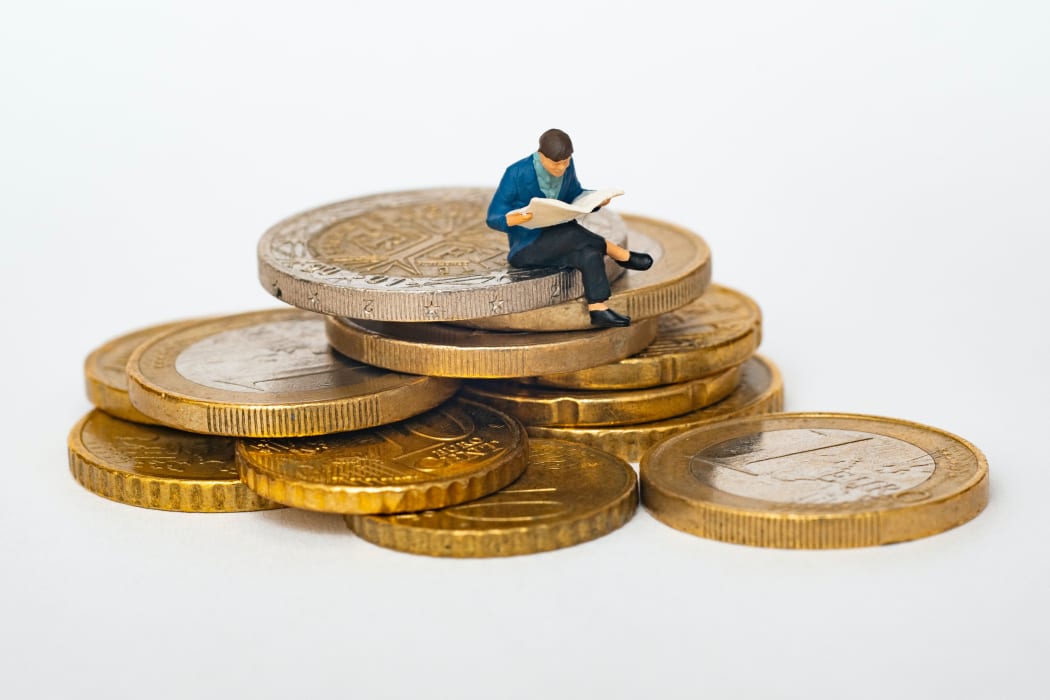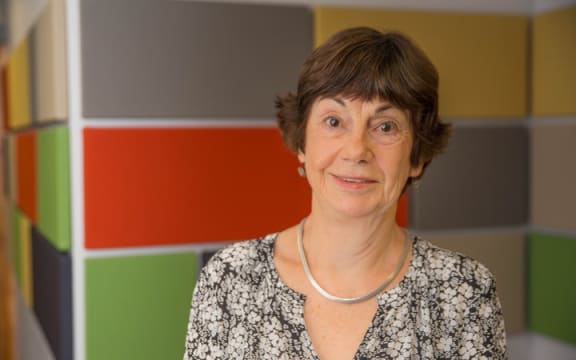Investment writer Mary Holm has been thinking about active vs passive investment after a recent letter from an RNZ listener named George.
Anyone with a KiwiSaver fund should weigh up active vs passive, she tells Jesse Mulligan.
“It does apply to KiwiSaver funds, especially the ones that are higher risk; the balance and growth and aggressive funds that have got a lot of shares in them and are more likely to be either active or passive.”

Photo: Mathieu Stern / Unsplash

Mary Holm Photo: RNZ/Cole Eastham-Farrelly
So what is the difference between active and passive investment?
A passive, or index fund, is invested in all the shares in a sharemarket index, and because it's passive has lower fees.
An active fund, on the other hand, has a fund manager who actively picks investments with the aim of out-performing the share index.
Mary says she's an advocate for passive funds.
“I've argued for actually decades that they are a better bet than going into active funds where the managers choose which shares to buy and sell. History shows that they don't do a particularly good job of this - and they charge.”
With his letter, George sent Mary a graph of an actively managed growth fund that had outperformed the index over 22 years. She makes some general observations:
“Heaps and heaps of research over the years done by independent people - and I should add I'm independent here - shows you nearly always find the people who are arguing on the active side are making money doing it.”
Also, the past is no indicator of future success, Mary says.
“In fact the opposite can be true, that funds that do very well for certain periods are quite often ones that tend to take a bit more risk.
“And therefore, they can also do quite badly in the next period.”
The American financial services company Morningstar gathers data on this, she says.
‘Morningstar is an independent gatherer of information about investments, and they do a regular KiwiSaver report, and in that they say; ‘Past performance is not a guide to future performance, this year's best performance can easily be next year's worst'.”
Data provided by active investment funds is often presented in the best possible light, Mary says.
“Active fund managers will tend, of course, to do a graph that shows a period that actually looks particularly good for them.
“When you look at the graph, [sent in by George], in this particular case, the funds did really well in one year, in 2012. And for all we know, they might have had a brilliant fund manager and he’s long gone because since then it hasn't done particularly well.”
Another point to consider is how we know about an exceptional fund before it performs well, she says.
“If one fund actually is exceptional, how would you know how to pick it in advance? If you go in now and go for the one that has done particularly well, in the past, history shows, it probably won't be the one that keeps doing well - that just happens all the time.”
Over the past 10 years, all funds have done well, Mary says, but she still backs passive funds as a better bet for most people.
“The main message for listeners is to just stick with the index funds. They’re cheaper and on average they do better.”

